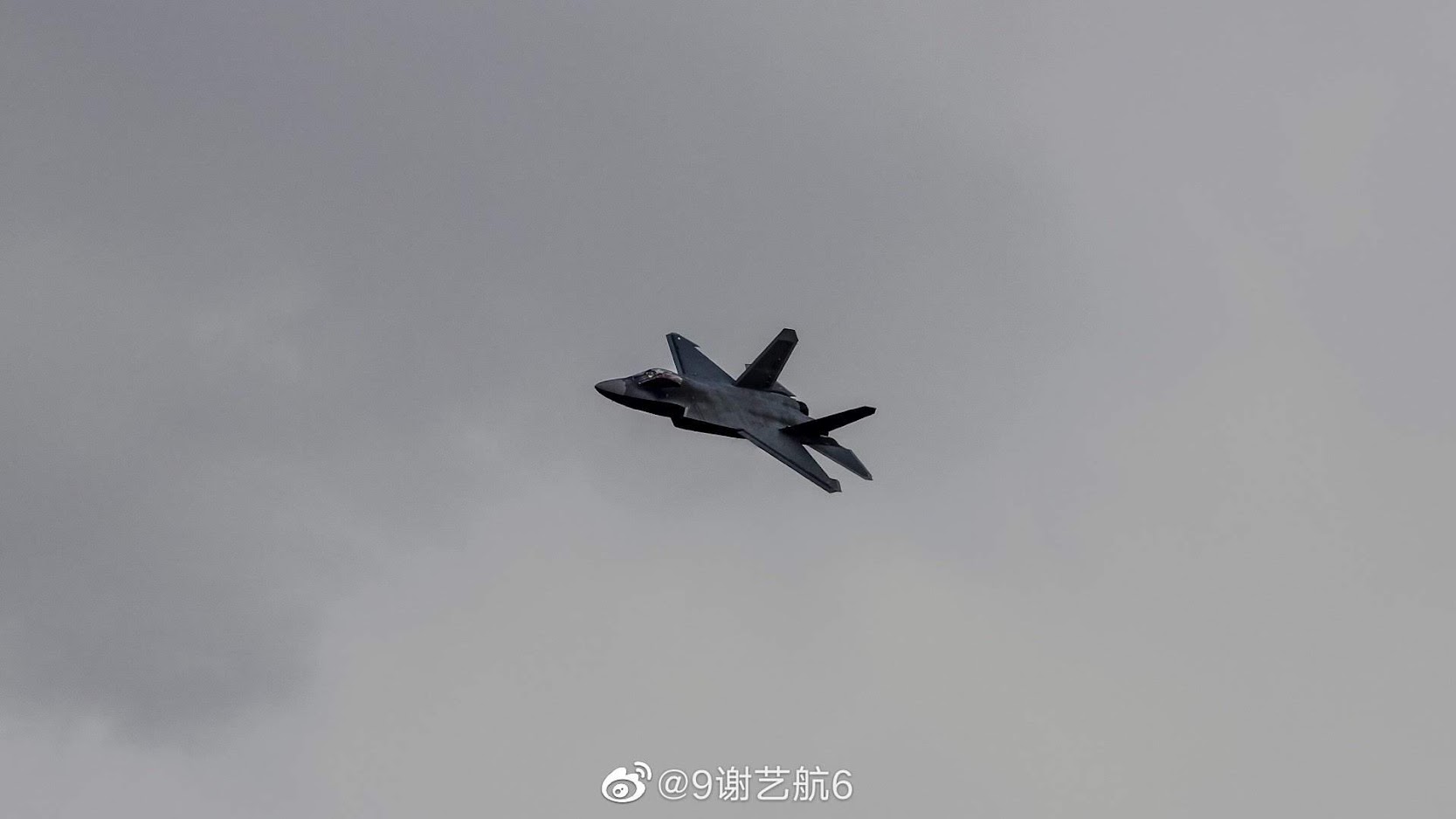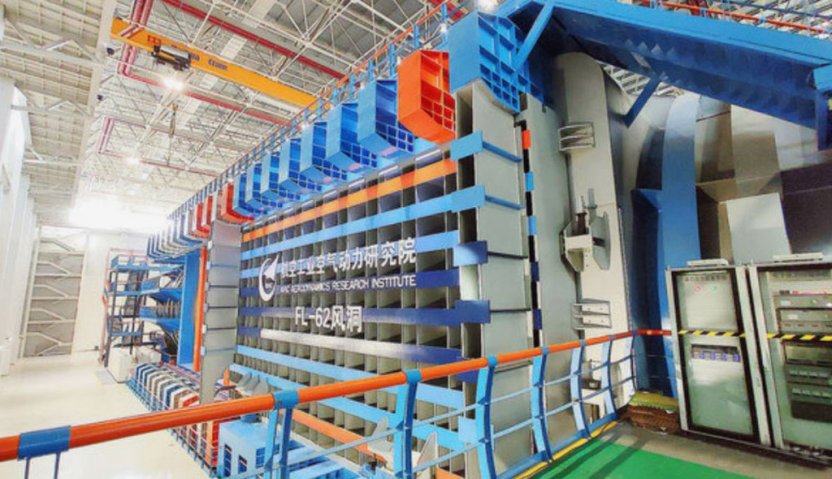the funny part is your so called 'viewpoint' were just from chinese members of some forum and social media accounts, including all pix and viewpoint ...nothing more...don't pretend to be know everything without basic language ability and comon sense about Chinese stuff.
again. this is the AVIC's (601+112 team) export project ’FC-31' -the 3rd prototype (PT 31003),not any member of a national project. ..at this moment, the true prototype of new 'J-XX project' hasn't been revealed yet...it will be a little different ,and again , it will emerges as the 'shipboard fighter'...
'so called recent photo' actually was the one recently revealed not taken... that northern city has fewer Airplane photography enthusiasts with worse shooting conditions and strict info control. we saw it long time ago in a small group but no one 'dare' to reveal it on the internet.
so called PLAAF emblem ? where is it?

pitot tube is a common device on prototypes ,and a temporary device

------------------------------------
'at this stage ,in the PLAAF plan ,no other fighter porject would have higher priority than J-20. for the air force J20 is the king and everything. forget that 'FC-31' project' for export .
if you are expecting some new PLAAF toys in fighter catologue , I would recommend some new member of J-20 'family'... it will be the next star...lol

and his 'Wingman'

again. this is the AVIC's (601+112 team) export project ’FC-31' -the 3rd prototype (PT 31003),not any member of a national project. ..at this moment, the true prototype of new 'J-XX project' hasn't been revealed yet...it will be a little different ,and again , it will emerges as the 'shipboard fighter'...
'so called recent photo' actually was the one recently revealed not taken... that northern city has fewer Airplane photography enthusiasts with worse shooting conditions and strict info control. we saw it long time ago in a small group but no one 'dare' to reveal it on the internet.
so called PLAAF emblem ? where is it?
pitot tube is a common device on prototypes ,and a temporary device
------------------------------------
'at this stage ,in the PLAAF plan ,no other fighter porject would have higher priority than J-20. for the air force J20 is the king and everything. forget that 'FC-31' project' for export .
if you are expecting some new PLAAF toys in fighter catologue , I would recommend some new member of J-20 'family'... it will be the next star...lol
and his 'Wingman'

Last edited:








 Dude. Concorde didn't need canards because its an airliner that didn't pull high G maneuvers at supersonic speeds.
Dude. Concorde didn't need canards because its an airliner that didn't pull high G maneuvers at supersonic speeds.



 Here's an article he penned for Airforce Magazine where he lays it out:
Here's an article he penned for Airforce Magazine where he lays it out:
